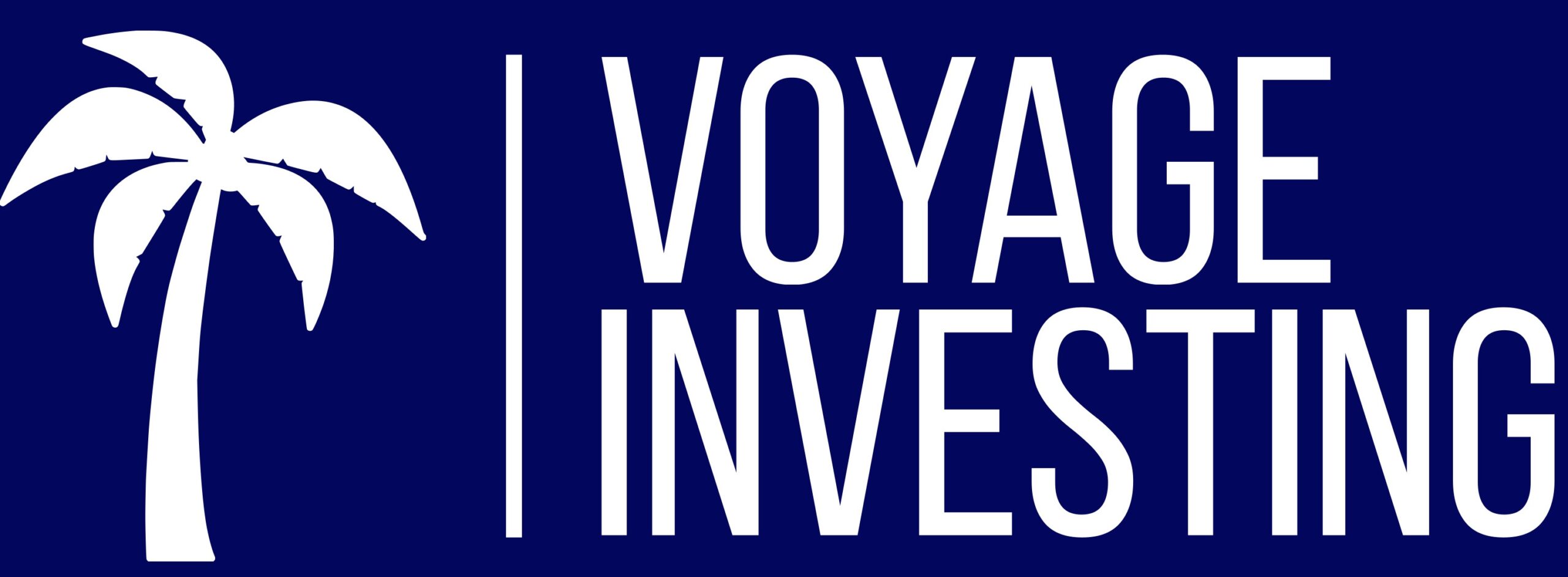Mobile Home Parks – Why All The Hype?
By Amanda Cruise
10 years ago, mobile home parks weren’t exactly a hot commodity. Now there is a ton of buzz around the asset class with many investors interested in jumping in. The return any asset provides depends on many factors such as the purchase terms & operational efficiency of the operator, but compared to other asset classes, mobile home parks have some pretty solid qualities going for them.
Affordable Housing Crisis
Plain and simple, there is a massive shortage of affordable housing. There are a lot of low income households in the United States who are struggling to find housing and are unable to afford rent. As of 2022, the National Low Income Housing Coalition’s GAAP Report stated a shortage of 7 million rental homes affordable and available to extremely low-income renters. Here’s another stat from the same report: Only 36 affordable and available rental homes exist for every 100 extremely low-income renter households. 36 for every 100 . That’s a staggering shortage. And finally: Extremely low-income renters face a shortage in every state and major metropolitan area².
This problem isn’t getting better even though, as of early 2023, we are hopeful the peak of the current inflation bubble is behind us. So why don’t we expect this affordable housing problem to get better? Rent prices aren’t coming down anytime soon because of the already mentioned shortage. Builders have paused on building. The housing shortage that already existed was made worse when many builders paused on building with the interest rates started hiking quickly in 2022. We also see net migration into the U.S. which pushes the overall demand for housing even higher.
Mobile home parks are a great solution to provide truly affordable housing, which we can see is in extremely high demand and is only rising.
Value-Add Opportunities
Taking an asset at face value then improving the net operating income, and therefore the value of the asset, is one of the best ways to make money in real estate. There are many mobile home parks owned by the original developers or their heirs. Often times these parks are making the owners great cashflow and maximizing the net income of the properties just doesn’t need to be a priority for the current ownership.
There are several things we see with these types of properties where we can go in and add value. Many parks have delayed or deferred maintenance. We’ve taken over parks with water line leaks, cracked septic tanks, etc. You name it. True financial records many times are non-existent. There might be verbal lease agreements, rent being accepted in cash at the owner’s house, no insurance kept on the park, years since the last rent increase, you get the picture.
We’ve talked with many owners who developed their parks with their spouses a few decades ago and were very hands on in the management of the park and the day to day runnings of it. They are now much older, one of the spouses might have passed away, and the remaining spouse doesn’t desire to continue putting forth the required effort to keep the park running at peak efficiency. This is a great opportunity for an investor to come in and stabilize the asset, improve the net operating income, and ultimately make the asset more valuable.
Great returns
Multi-family real estate (apartment complexes) is known for its stability and ability to have great returns on money invested. Mobile home parks typically have even higher returns than multifamily properties.
Why is that? It comes down to how commercial properties are valued, which is generally calculated as the net operating income divided by a capitalization (or CAP) rate. The higher the CAP rate, the more net operating income you get for the same purchase price. Mobile home park CAP rates are higher than other classes such as apartment complexes. The important thing is the ability to buy the same income stream for less money out of pocket with a mobile home park compared to more traditional apartment complexes. Ultimately, this additional cash flow means more money can be returned to investors.
Why are mobile home parks valued with higher CAP rates or lower values for the same income? This is driven by several factors including the number of investors in the space, the historical significance of apartment buildings compared to mobile home parks, and having much more institutional money in the apartment space. And let’s not forget an important factor: there is inherently more work with mobile home parks than with apartment buildings. If you are looking to be an active investor, this can be a major detraction. If you are looking to be a passive investor in a syndication with a company like Voyage Investing, the extra work from managing mobile home parks doesn’t fall on you.
The Tenants Don’t Leave
The MHP asset class is unique in the way maintenance responsibility is split between park owners and residents. There is an option as the owner of the park to own the homes or not. The preference at Voyage Investing is to own the land and infrastructure of the park and to have the residents own their own homes. This is known as tenant-owned homes.
The tenant-owned home setup has a few advantages. It’s a more simple model than when the park also owns the individual homes because residents handle their own repairs inside their homes such as water leaks, carpet needing to be replaced, etc.
Another major advantage is residents tend to remain in the park for very long periods of time. Being a homeowner, pride of ownership is one key driver here. But the biggest driver is likely the high cost of moving a mobile home, which is roughly $10,000 by the time the home is moved and setup in a new location. Of course, there are some factors that drive the ultimate cost such as how far it is being moved, in what city the home is located, etc. But as a rough estimate, $10,000 is pretty conservative. If you consider that the typical resident of a mobile home park is low income, is it very unlikely the resident has $10,000 at any given time to move their home.
This ultimately means the resident stays in the park until they decide to either spend the money to move their home or they decide to sell their home. In the case of selling their home, a new resident moves in and continues paying the lot rent to the park.
Either of these scenarios is much less frequent than a renter with minimal ties to a home deciding they want to live somewhere new.
- Semega, Jessica, Melissa Kollar, John Creamer, and Abinash Mohanty “Income and Poverty in the United States: 2018.” census.gov. United States Census Bureau. 10 Sept. 2019. Web. 4 Dec. 2020.
- National Low Income Housing Coalition. “The Gap: A Shortage of Affordable Homes.” nlihc.org. Mar 2020. Web. 4 Dec. 2020.


